Anthony Sotomayor is a self-taught photographer from Toronto, Canada also known as Aroyamotos. His work specializes in cityscapes, urban photography, minimalism, and portraits. You will learn a few techniques and guidelines that Aroyamotos uses to execute a unique urban photograph.
Rule 1: Symmetry
In photography composition, symmetry can effectively be used to achieve a sense of balance and proportion. This technique is known to “soothe the eyes” of the viewer. To have an effective symmetrical shot it must have two essential elements that include a strong balanced composition and an eye-catching subject. In the example below the eye-catching subject happens to be the person walking with the umbrella. The tower in the middle (Old City Hall) can also make for an interesting subject, but it would be bland without the person. The person passing-by adds a story element to the photograph, and the architecture helps accentuate that story.
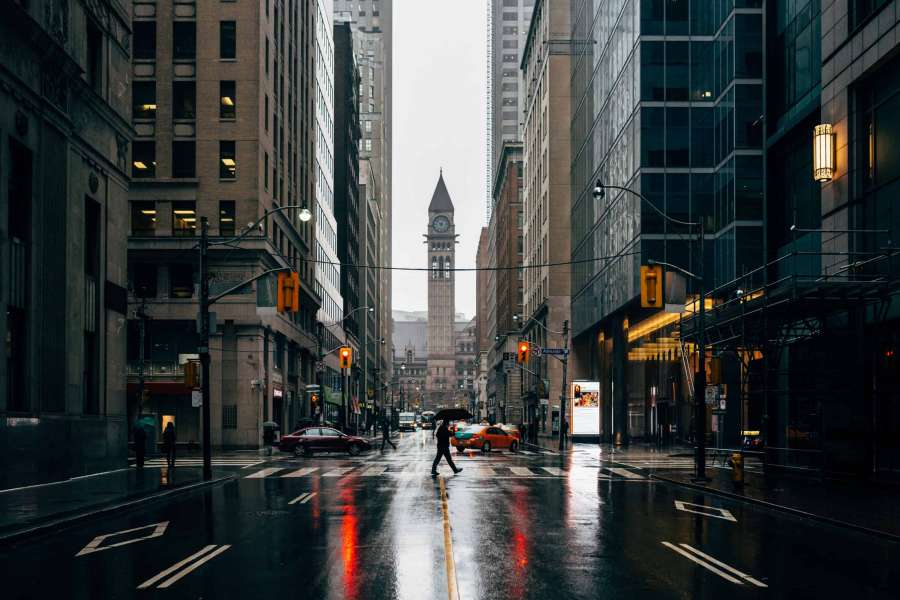
Rule 2: Out of focus
This technique can create interesting results during the night or the moment when the streetlights just turn on. For this technique find an interesting subject, and a cool interesting urban background to photograph. This technique can also be executed well through using a subject for portraits, especially in areas of the city that have a lot of lights or cool neon signs. The image below uses elements of the first rule, and also begins to incorporate the third rule of reflection.
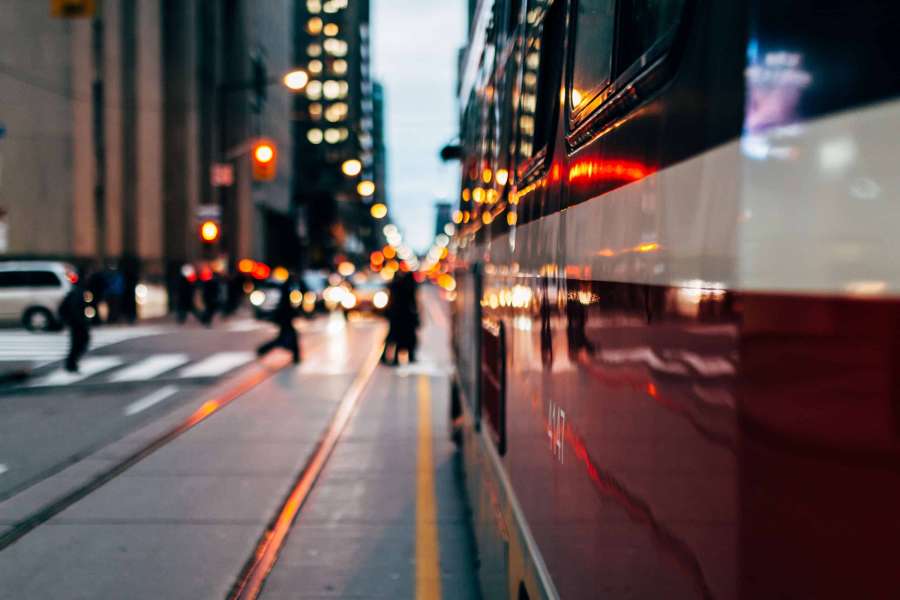
Rule 3: Reflection
Find puddles, water, mirrors, windows, or any other reflective surfaces to take stunning urban photographs. If you find an interesting puddle, I would recommend to first use the built-in LCD screen that most DSLR’s come equip with to make sure you have a well-composed image. Try different angles and see what works best. For the image below I got my camera as close to the puddle as possible without damaging the camera to get the best results.
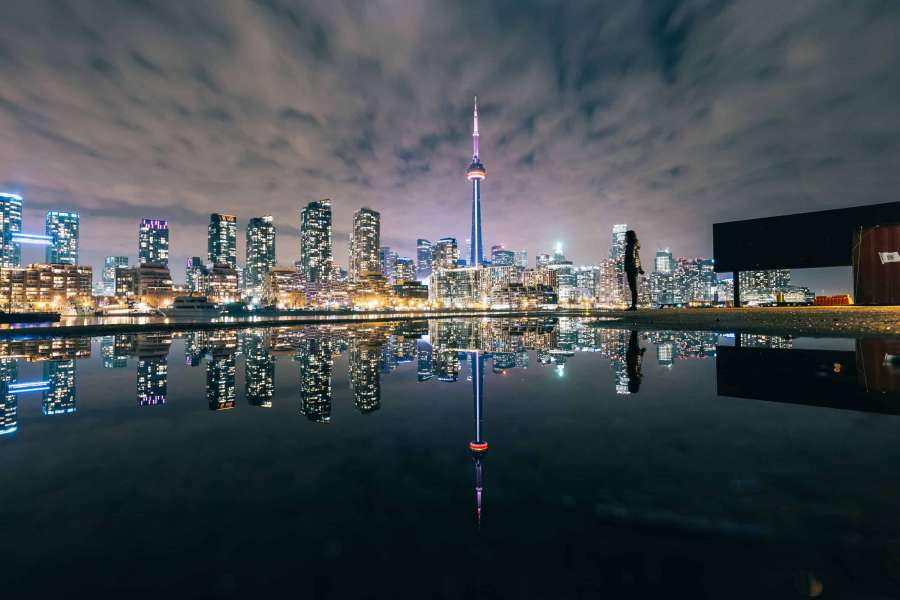
Rule 4: Minimal subject
When trying to achieve a minimal subject in your photo, you need to take a moment and consider what you are going to include in your shot, but also what you are going to leave out. The space around your subject whether it is architecture, leading lines or light will accentuate its prominence. Push your photograph to tell a story by choosing people that represent that space. Sometimes the story and the environment come together spontaneously and it’s the photographer’s job to see it and respond quickly. At other times it requires a bit of patience for the right subject to walk through the frame. Just remember that less is often more.
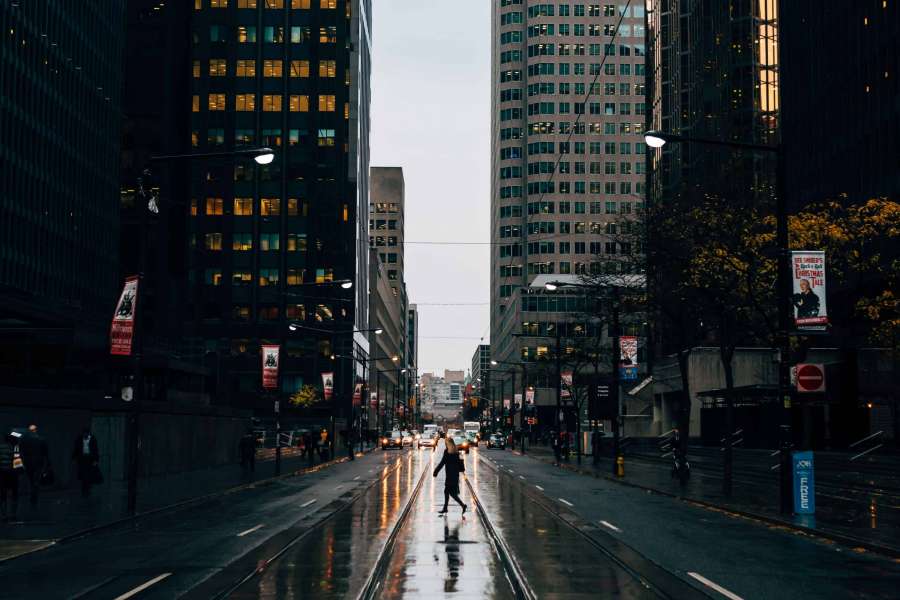
Rule 5: Break all rules
You probably say this rule coming, but as the saying goes “rules are made to be broken”. In photography, rules are more like guidelines that help you create an image that is more appealing. You will find that rules help you in the beginning, and some rules will stay with you throughout your career. The trick is to understand when the rules don’t apply, or when you should choose to ignore them. This is the type of knowledge that can’t easily be taught. It comes with experience, and it’s what gives you individuality as a photographer. My advice is to shoot as much as possible, learn as much as possible, and to stay humble.
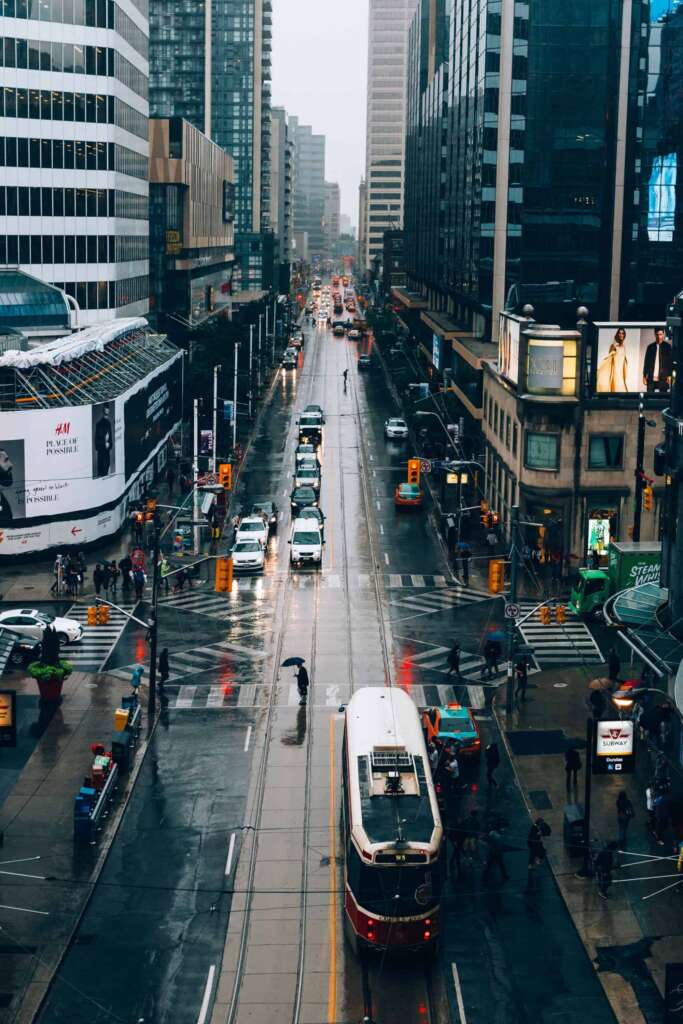
Tips by Anthony Sotomayor
I’m Anthony Sotomayor, a Toronto based photographer and urban planner. I picked up photography during 2012 as part of my undergraduate degree to capture and document the evolving urban built-environment that is constantly changing. I became serious about photography when I began using Instagram and being inspired by some great photographers. Most of my work is a mix of cityscapes, architecture, street life, and portraits. Recently, I completed a Master’s Degree in Urban Planning, and I’m currently working as an urban planner. I want to continue improving my craft, learn as much as possible, and give back to the community.
Tweet me a question or follow my work at:

